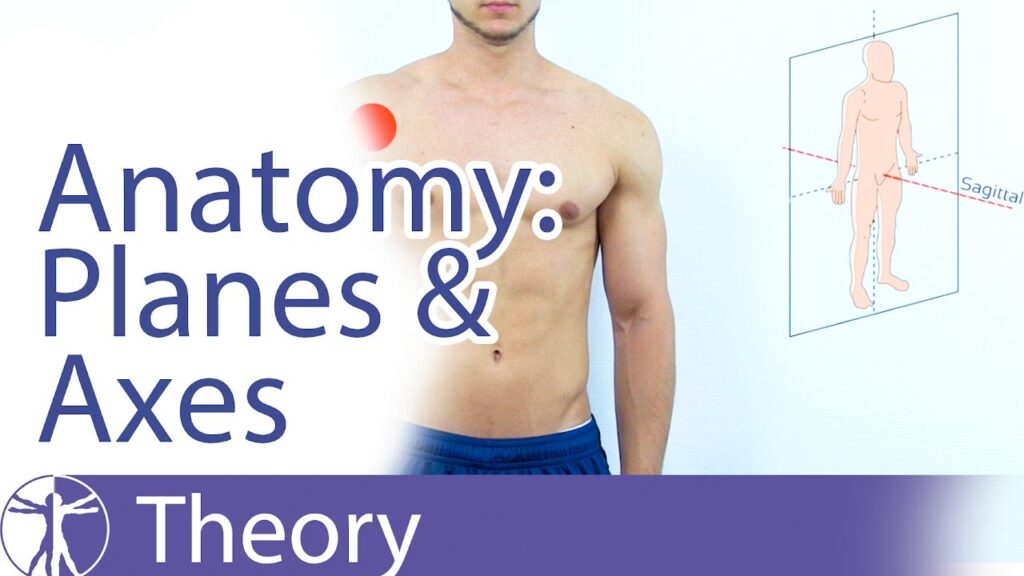Human Anatomy is the science that studies body structures, how they form and how they work together in the body (systems) .
What Does Anatomy Study?
Anatomy examines how body structures can be affected by genetics (chromosomal changes that pass on to offspring), the environment (diseases) and time (changes from childhood to old age).
In addition, it investigates the evolutionary mechanisms that cause modifications and alter their functions. It is related to Biology, Medicine, Physiotherapy, Nursing and other biomedical areas.
Anatomy Technical Terms
In anatomy there are many names that can scare any beginner, but they are fundamental for a better understanding of the subject. In addition to the names of organs and structures, there are essential terms and conventions, which are: division of the body and anatomical position, planes, axes and anatomical movements.
Division of the Body
As in other biological areas, in anatomy the study is done in parts , which can be at the macroscopic or microscopic level . There are specialists for each area, for example: myologist (muscles), osteologist (bones), among others.
That is why doctors become specialists in an area of the body that he has studied best, such as the pulmonologist, who treats the lungs.
The human body is divided into large groups: head, neck, trunk and limbs . Each of these is subdivided into specific parts.
For example, on the head are the skull (where the brain and spinal cord are located) and the face (eyes, nose, mouth, ears). See also: Human Body
What is Anatomical Position?
The anatomical position is scientifically adopted for the study of the human body. In this position the person is standing, with the face turned forward and looking towards the horizon. Arms extended along the body, palms facing forward. The legs are together and the feet are forward.
Representation of woman in anatomical position
Read too:
- Parts of the human body
- Human Body Members
- Human Body Systems
- Human Body Organs
- Human body organs without which you can survive
Anatomical Plans
To facilitate the correct spatial location of body parts, anatomical planes are defined. Each plane represents a section of the body, dividing it into parts. It is important to highlight that several cuts can be made in a plane, parallel to each other.

- Frontal or Coronal Plane : cuts the body vertically from side to side, passing through the coronal suture of the skull, that is, close to the ears. All structures located at the front are called anterior and behind are posterior ;
- Sagittal Plane : cuts the body vertically in two halves, right and left, passing through the sagittal suture of the skull, that is, the forehead. If the cut is made right in the middle of the body, it is called the median plane . All structures located close to the median plane are called medial and those that are farthest away are lateral ;
- Transversal or Horizontal Plane : cuts the body horizontally, that is, transversally. All the structures above the plane are called superior and below, inferior .
Axes and Anatomical Movements
The axes are imaginary lines that “pierce” the planes perpendicularly . Anatomical movements are related to the axes, that is, the joints move through the connection point represented by the axes . The main ones are listed below:

- Anteroposterior or Sagittal Axis : it passes through the frontal plane going from front to back;
- Abduction : movement in the anteroposterior axis, such as the joints of the shoulders and hips, moving away from the median plane of the body. Examples: raise your arm, bend forward;
- Adduction : movement that approaches the median plane of the body. Examples: lower the arm, return the trunk to the upright position;
- Lateral-lateral or Horizontal axis : it passes through the sagittal plane going from one side to another;
- Extension : movement on the horizontal axis, which causes an increase in the angle between two bone structures, moving them apart. Example: stretch your arm forward;
- Flexion : Produces a decrease in the angle between two bone structures, bringing them closer together. Example: bending the arm, bringing the hand close to the shoulder;
- Longitudinal axis : passes through the transverse plane from top to bottom, or vice versa;
- Medial or Internal Rotation: movement on the longitudinal axis that rotates the member from the outside to the inside (direction of the median plane).
- Lateral or External Rotation : movement that rotates the member from the inside out (direction of the lateral plane).

